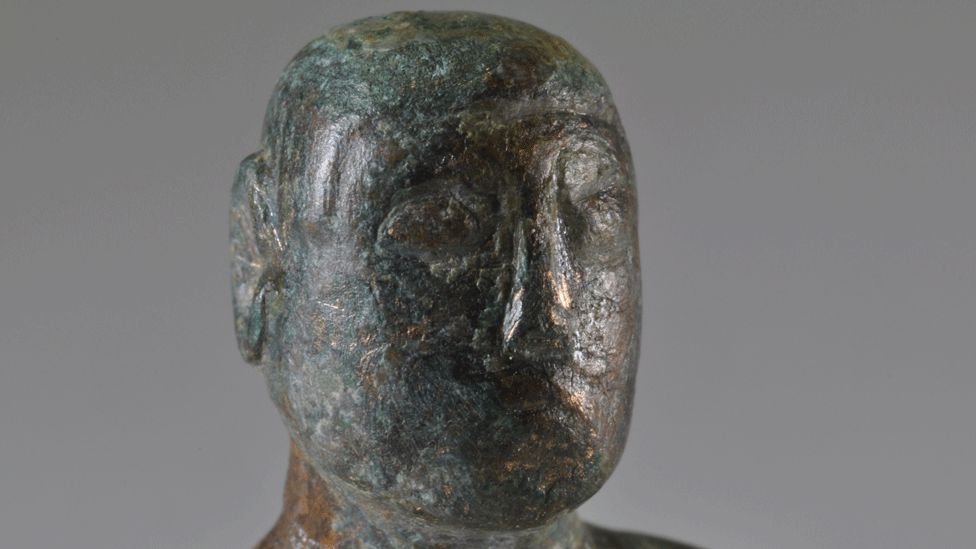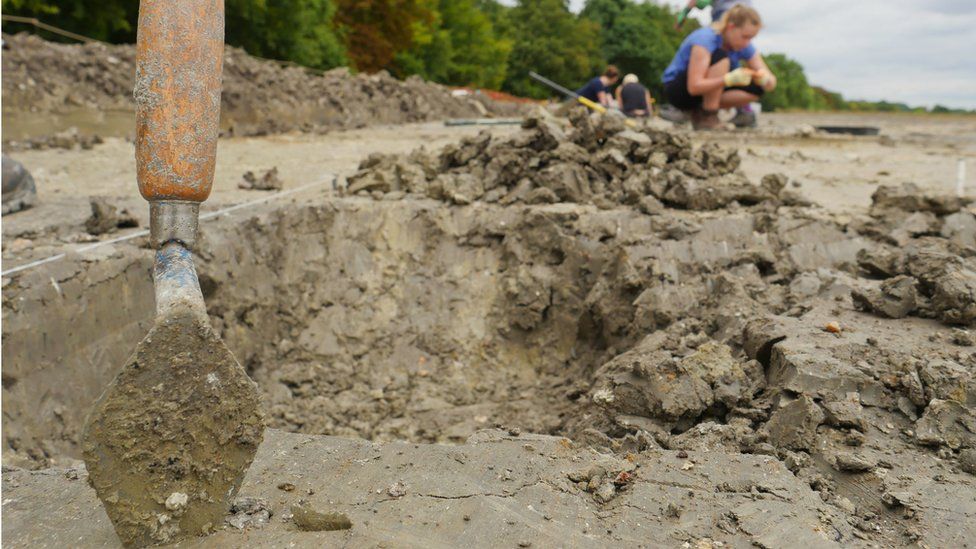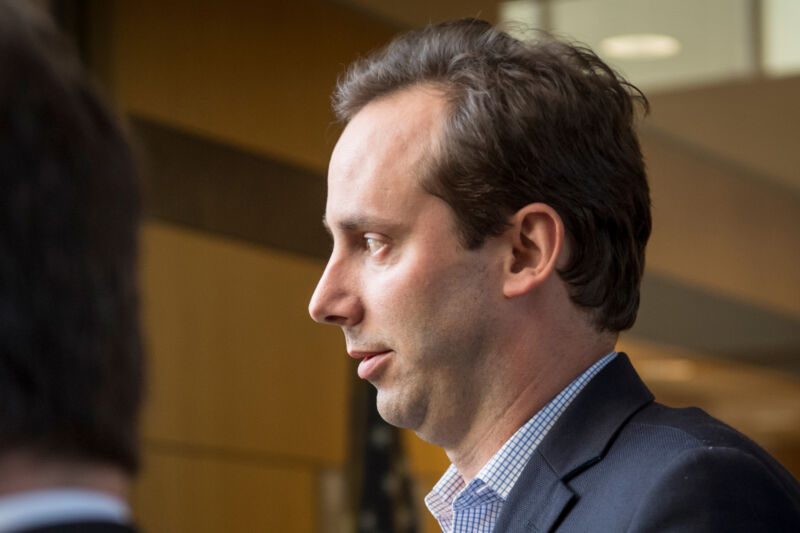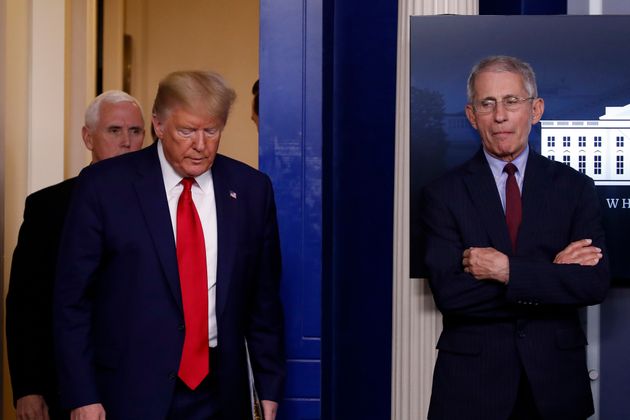Issued on: 21/02/2021 - 08:21

VIDEO Barcelona rocked by fifth night of unrest over rapper's jailing (france24.com)
Protesters threw bottles at police, set fire to containers and smashed up shops in Barcelona on Saturday in a fifth night of clashes after a rapper was jailed for glorifying terrorism and insulting royalty in his songs.
Protesters threw bottles at police, set fire to containers and smashed up shops in Barcelona on Saturday in a fifth night of clashes after a rapper was jailed for glorifying terrorism and insulting royalty in his songs.
The nine-month sentence of Pablo Hasel, known for his virulently anti-establishment raps, has sparked a debate over freedom of expression in Spain as well as protests that have at times turned violent.
Demonstrators hurled projectiles and flares at police, who fired foam bullets to disperse the crowd, the Mossos d'Esquadra, the Catalan regional police, said on Twitter.
About 6,000 demonstrators gathered in the city, local police said.
Protesters attacked shops on Barcelona's most prestigious shopping street, Passeig de Gracia, while newspaper El Pais reported others had smashed windows in the emblematic Palau de la Musica concert hall.
Nine people were arrested in Catalonia, the regional police said, including three minors.
Some were detained for looting shops in Barcelona, local police said.
Nine people were injured, two of whom were taken to hospital, police said.
A demonstration in Madrid was peaceful but in the northern cities of Pamplona and Lleida, police charged protesters.
Earlier, Socialist Party President Cristina Narbona condemned the violence that has marked protests over the past four nights.
"We reiterate our strongest condemnation of violence which cannot be justified as a defence of the freedom of expression," she said.
Officials said four people were injured in Barcelona on Friday after demonstrators pelted police with projectiles, attacked two banks and burned containers. Protesters caused 128,000 euros ($156,000) in damages, the city council said.
More than 60 people have been arrested across Catalonia, police said. One woman lost an eye during clashes in Barcelona, triggering calls from politicians to investigate police tactics.
Oscar-winning actor Javier Bardem was among artists, celebrities and politicians who called for a change in the law covering freedom of expression. The Spanish government announced last week it would scrap prison sentences for offences involving cases of freedom of speech.
(REUTERS)







